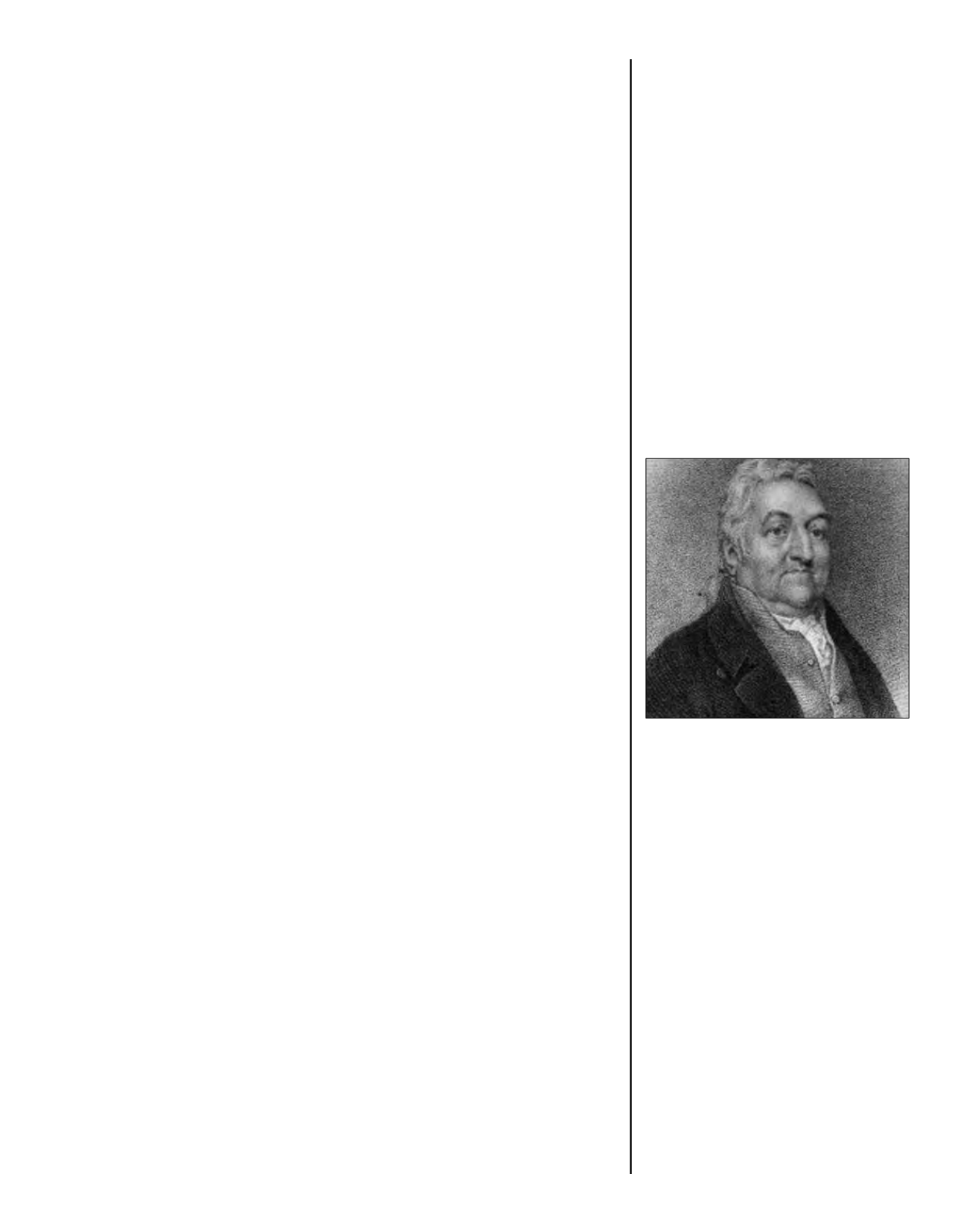

8:00 PM THURSDAY, JULY 12, 2018
PAVILION
CELEBRATING LEONARD BERNSTEIN AT 100
CHICAGO SYMPHONY ORCHESTRA
MARIN ALSOP,
conductor
JOSHUA BELL,
violin
SMITH
“The Star-Spangled Banner”
BERNSTEIN
Overture to
Candide
BERNSTEIN
Serenade (after Plato’s Symposium)
Phaedrus: Pausanius (Lento—Allegro marcato)
Aristophanes (Allegretto)
Eryximachus (Presto)
Agathon (Adagio)
Socrates: Alcibiades (Molto tenuto—
Adagio—Allegro molto vivace)
Joshua Bell
–Intermission–
TCHAIKOVSKY
Symphony No. 6 (“Pathétique”)
Adagio—Allegro non troppo
Allegro con grazia
Allegro molto vivace
Finale: Adagio lamentoso
Ravinia expresses its appreciation for the generous support of
Season Sponsor
Harriet Bernbaum, in memory of Keren-Or Bernbaum and Harry H. Bernbaum
.
JOHN STAFFORD SMITH (1750–1836)
“The Star-Spangled Banner”
(arranged by Frederick Stock)
Scored for two flutes and piccolo, two oboes, two
clarinets, two bassoons, four horns, four trumpets,
three trombones, tuba, timpani, four percussionists,
and strings.
Congress formally adopted “The Star-Spangled
Banner” as the national anthem of the United
States on March 3, 1931. The history of this poet-
ic text already had entered our national folklore.
During the War of 1812, lawyer and poet Fran-
cis Scott Key boarded a British ship moored in
Chesapeake Bay on September 13, 1814, to nego-
tiate the release of a prisoner. The crew detained
the two Americans while the enemy fleet be-
gan its attack on Fort McHenry. Key anxiously
watched the battle throughout the night and, in
the morning light, spotted the American flag,
tattered and punctured by cannon fire, still fly-
ing aloft above the fort.
On the boat ride back to Baltimore, Key jotted
down his poem originally entitled “Defence of
Fort M’Henry,” which appeared days later on a
broadside cued to a tune known as
Anacreon in
Heaven
, or
The Anacreontic Song.
John Stafford
Smith is now credited with writing this sturdy,
vocally demanding melody in 1779 or 1780 to
accompany the drinking parties of London’s
Anacreon Society.
LEONARD BERNSTEIN (1918–90)
Overture to
Candide
Scored for two flutes and piccolo, two oboes,
two B-flat, one E-flat, and one bass clarinets,
two bassoons and contrabassoon, four horns,
two trumpets, three trombones, tuba, timpani,
snare, tenor, and bass drums, cymbals, triangle,
glockenspiel, xylophone, harp, and strings
Candide
was Leonard Bernstein’s flawed master-
piece. This slow-evolving piece of musical the-
ater began life as Lillian Hellman’s adaptation
John Stafford Smith
RAVINIA MAGAZINE | JULY 9 – JULY 15, 2018
104









